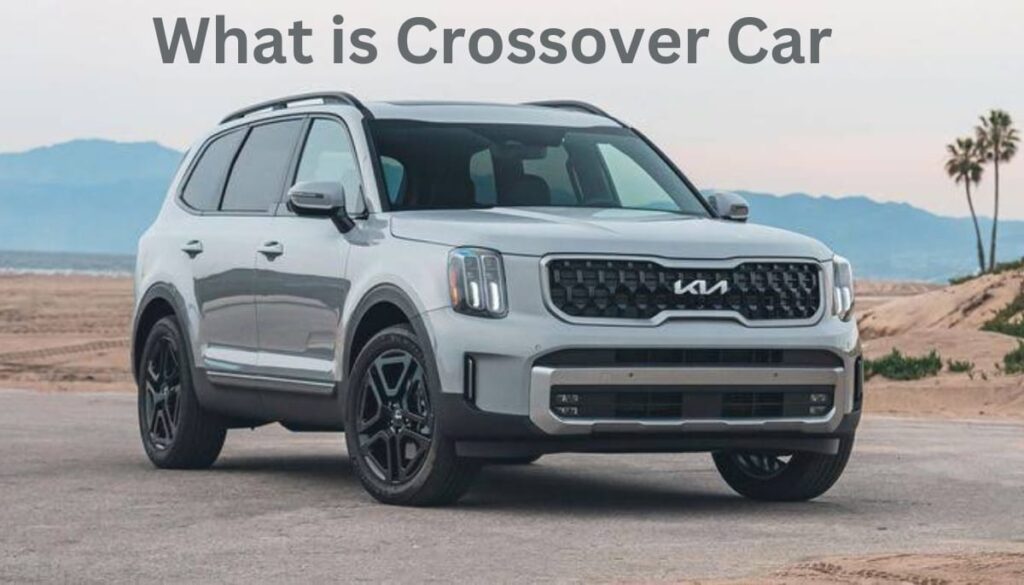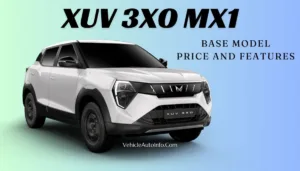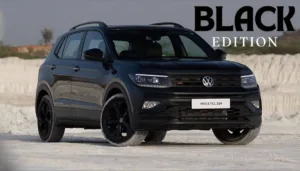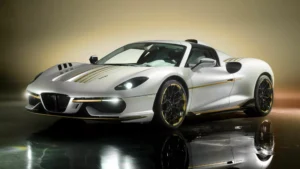Introduction

What is a Crossover Car? In today’s bustling automotive marketplace, one word is on everyone’s lips: crossover. But what exactly are they, and why are they so popular? Join us as we embark on a journey to uncover the secrets of crossovers, exploring their evolution, features, market trends, global variations, driving experiences, differentiation from SUVs and future possibilities.
What is a crossover car?
Crossovers, also known as crossover utility vehicles (CUVs), are basically a mix of cars and SUVs. Imagine a vehicle built on a car platform, but with a higher ride height, similar to an SUV. This unique combination offers the best of both worlds: the spaciousness and visibility of an SUV with the dynamics and efficiency of a car.
What is the difference between an SUV and a crossover?

The only major difference between SUVs and crossovers is the frame. If one is based on a truck platform, it is an SUV, but if it is based on a car platform, it is a crossover. This means that an SUV has a body-on-frame design while all crossovers are considered unibody vehicles.
EXPLORE: The Xiaomi SU7 EV Range, Price and Features Explained
Word Development
The term “crossover” originated in North America and was initially used to describe vehicles that blended a variety of features. Over time, it became associated with unibody-based SUVs, often referred to as “car-like SUVs”. This difference laid the foundation for the modern crossover we know today.
Key Features That Define Crossover
Crossovers have larger cabin space and a higher driving position than traditional cars like sedans and hatchbacks. They prioritize passenger comfort and fuel economy over off-road capability and heavy load carrying, making them ideal for daily commutes and family outings.
Historical Significance
Early pioneers of the modern crossover include vehicles such as the 1977 Lada Niva and the 1979 AMC Eagle. However, it was the introduction of the Toyota RAV4 in 1994 that truly pioneered the modern concept of the crossover, and set the stage for its widespread adoption in the years to come.
Market Trends
The popularity of crossovers has increased in recent years, with their market share in the US increasing from 4% in 2000 to nearly 40% in 2018. Consumers are attracted to their versatile performance, spacious interiors and better fuel efficiency compared to crossovers. Traditional SUV.
EXPLORE: 9 Best Pressure Washers for Car in India 2024
Definition Understanding Complexity
Differentiating between crossovers and SUVs can be difficult due to blurred definitions and inconsistent terminology between manufacturers and journalists. However, underlying structural differences, particularly in chassis construction, distinguish crossovers as a distinct vehicle category.
Global variations and size ranges
Outside North America, crossovers may be classified differently, with variations in segment distinctions and terminology. From compact city cars to full-size models, crossovers come in a variety of sizes, meeting different consumer preferences and market demands.
Driving Experience: Smooth and Comfortable
One of the distinguishing features of crossovers is their car-like driving experience. With agile handling, responsive steering and comfortable ride quality, crossovers offer a smooth and enjoyable journey for both drivers and passengers. Advanced safety features further enhance the driving experience, providing peace of mind on the road.
Separating Crossovers from SUVs
While crossovers share similarities with SUVs, they differ significantly in construction and capabilities. Unlike SUVs with body-on-frame construction, crossovers are built on unibody platforms, which offer better fuel economy and handling at the expense of off-road prowess and towing capacity.
EXPLORE: Top 10 Best Microfiber Cloth for Car India 2024
Looking to the future
The future of crossovers looks promising, with ongoing innovation driving growth and development in the segment. From advancements in electric vehicle technology to autonomous driving systems, crossovers are ready to embrace the latest trends and technologies, offering consumers even greater efficiency, convenience and safety on the road.
Conclusion: Bridging the gap between cars and SUVs
In short, crossovers represent a harmonious blend of car-like comfort and SUV-like utility, attracting a wide range of consumers with their versatility, performance, and practicality. As they continue to dominate the automotive market, understanding the ins and outs of crossovers becomes essential for both manufacturers and consumers alike, shaping the future of mobility for generations to come.
Stay Updated with our latest Updates Check what’s new in The Car.


